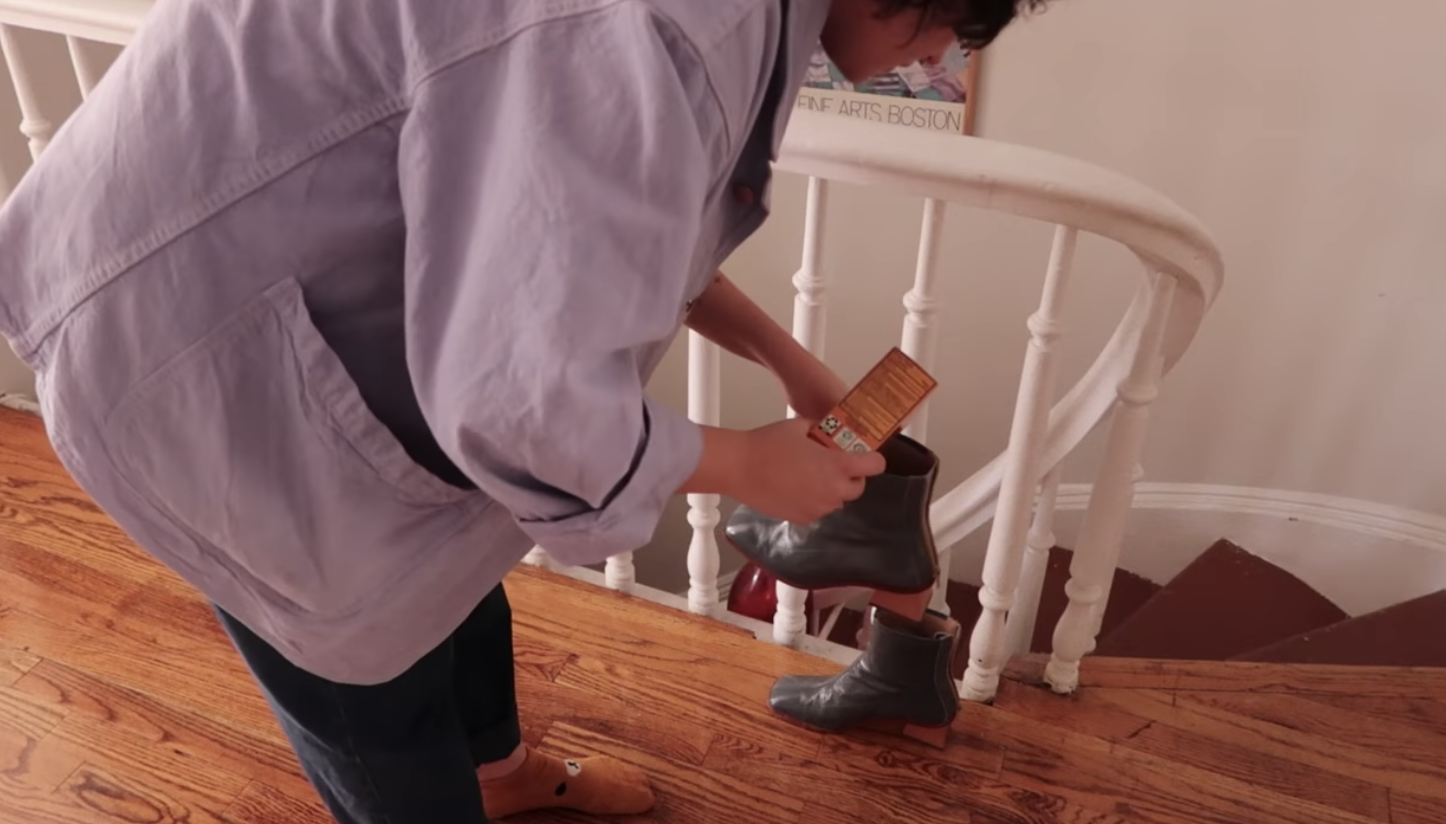This is an excerpt from Please Like Me, BuzzFeed News’ newsletter about how influencers are battling for your attention. You can sign up here.
I really loved this epic critique and homage to aesthetic vlogging by Safy-Hallan Farah at Tech Crunch last week. It sent me down a romantic rabbit hole of my favorite young YouTubers and their cinematic vlogs. Or, as Safy-Hallan describes them, as “the day-to-day labor of feminine preening and aspirational-yet-relatable ‘influencing’ that captures daily tasks like eating, running errands, socializing, applying makeup and exercising on camera.”
The videos are incredibly soothing and pretty to watch.
In the essay, she mentions all of the GOATs of aesthetic vloggers: Ashley of bestdressed, Elena Taber, Orion Carloto, Madelynn De La Rosa, and lately, even Emma Chamberlain. They’re not dissimilar to other famous lifestyle vloggers — giving us fashion try-on hauls, home makeovers, and intel on their personal lives — but this group of women are defined by how they present things on camera.
This creates a really interesting contrast with how we have traditionally conceptualized influencers. Lifestyle gurus have the reputation of always shilling something; every outfit-of-the-day has an affiliate link, every catchphrase has the opportunity to be turned into merch, and there are seldom brand deals that they won’t accept.
Aesthetic vloggers, on the other hand — or, perhaps, the same hand, but more prudently — are influencing viewers to buy locally, and to recycle fashion. It’s become tacky to try to sell and brand as many things as possible, and their fans are much younger, savvier, and eco-conscious.
But an aesthetic vlogger is still a vlogger. Their revenue still mostly comes from the same brand deals that other, more conventional influencers are taking — they’ve just figured out how to bury it beautifully.
I came across this recent vlog from Madelynn titled “Finding my groove in New York + talking sustainability! - Daily Vlog No. 19.” Under four minutes in length, the entire video is a carefully crafted commercial for Arm & Hammer Baking Soda.
It’s appropriately tagged an #ad, and with a clear FTC disclaimer in the caption. But I was really impressed, and a little jarred, by how effortlessly she wove the sponcon throughout the entire vlog.
In one scene — as she comes home, takes her shoes off, and drops off a cute yellow tote bag of flowers she purchased — she sprinkles the baking soda into her shoes to deodorize. In another, she pours it into a vase with water for her flowers. Smooth jazz plays in the background.

“I hope that this helped give you some ideas on how you can just maintain stuff and be more mindful and sustainable and thoughtful, and thank you again Arm & Hammer for sponsoring this video,” Madelynn says at the end.
The entire vlog is done so tactfully that it lulls viewers into forgetting it’s essentially one elaborate commercial.
This, of course, brings up a stickier conversation about ethical marketing. Safy-Hallan addresses this tension: “What sets aesthetic vloggers apart from other kinds of influencers, the more explicit hustlers, is their sense of ease and a disavowal of labor that is in fact a form of labor, as it yields the same outcome: income,” she wrote.
An ad is an ad is an ad. But when an ad is camouflaged in romanticized content, it edges into more dangerous terrain — even if the ad is labeled correctly as such.
Tech Crunch linked to a story I wrote in 2019 about how Ashley/bestdressed, a YouTuber who’s always encouraged thrifting, upset her fans after publishing a branded video with Amazon to help sell their fast fashion. They accused her of “selling out” and being inauthentic.
This is a really hard conflict for influencers like Ashley, Madelynn, and other aesthetic vloggers to navigate. They have to sell to make a living, but their selling point to their fans is their resistance to sell out.
I reached out to Madelynn about her latest vlog/ad to see if she’d share any thoughts, and asked Arm & Hammer if these deals are structured differently because they’re not direct-to-consumer.
I haven’t heard back from either, but I continue to stay cautious about this shift, particularly on YouTube. Pushing more mindful practices is great, especially on young impressionable audiences, but obscuring brand deals is very risky. In some cases, I even prefer the vlogs or Instagram posts that overtly say: Hey, I’m selling this thing. Buy it. I need to get paid.
Until next time,
Tanya
